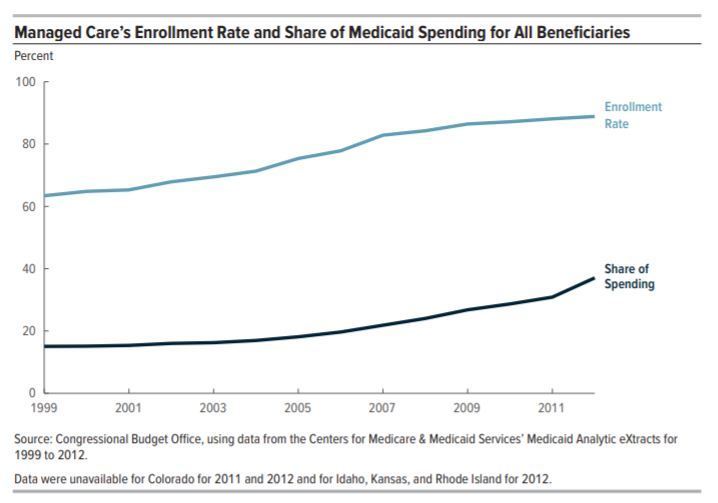
Helping you consider differing viewpoints. Before it’s illegal.
Article 1:
Insurers Are Using AI to Boost Risk Management, Jared Kaltwasser, Healthcare Analytics News, 10/2/2018
Clay’s summary: Pretty blatant press-release dressed up as “news,” but interesting read nonetheless.
Key Passage from the Article
“The growth of value-based care is driving the need for deeper healthcare insights, for key activities such as risk adjustment, quality reporting, care and utilization management,” Apixio CEO Darren Schulte, M.D., told Healthcare Analytics News™.
The company’s pitch looks something like this: The Centers for Medicare & Medicaid Services is increasing audits of health plans offering Medicaid Advantage (MA), to ensure correct payments. That means health plans have to keep careful tabs on coding and payments. But unless the health plan owns the clinic, providers don’t share the same financial risks as insurers.
Apixio says about 85-95 percent of MA risk-adjustment payments are based on diagnosis codes from clinics and hospitals. The remaining payments are from chart coding. Diagnosis codes are backed up by patient notes and physician codes, but those records aren’t often reviewed prior to payment by the health plans. Thus, any errors may go undiscovered, which could cause regulatory headaches for health plans — but usually not clinics.
…
Article 2:
Enhanced Patient Matching Is Critical to Achieving Full Promise of Digital Health Records, Pew Trusts, 10/2/2018
Clay’s summary: Care management only works if you are treating the right patient.. kind of makes me think about how they write “not this one” on the leg that is not to be cut off going into surgery..
Key Passage from the Article
This report focuses on the last problem—patient matching—while also recognizing that many other challenges remain for effective and robust interoperability.
Patient matching helps address interoperability by determining whether records—both those held within a single facility and those in different health care organizations—correctly refer to a specific individual. Unfortunately, patient matching rates vary widely, with health care facilities failing to link records for the same patient as often as half the time. Deficiencies in matching patients to their records can lead to safety problems: For example, if an allergy listed in one record is not documented in another, or if records for two different individuals are incorrectly merged, patient harm can occur. In a 2012 survey conducted by the College of Healthcare Information Management Executives (CHIME), 1 in 5 hospital chief information officers indicated that patients had been harmed in the previous year due to mismatches.
Failures to effectively match patients can also be costly, leading to repeat tests and delays in care. In an extreme example, the care for an 11-month-old twin was documented in her sister’s record, resulting in the failure of the health system to recoup $43,000 in costs from the insurer.
…
Article 3:
Patient-Centered Medical Home Evidence Increases With Time, Paul Cotton, Health Affairs, 9/10/2018
Clay’s summary: Still losing money in year 7 of your health home? Don’t give up just yet- Health Affairs says they work, so they must work!
Key Passage from the Article
There are clear differences between studies that do and do not find benefits. Positive evaluations assess PCMHs on advanced standards, after up to five years of transformation and with financial incentives to improve quality and efficiency, or—like the HIV study above, the impact with high-cost, high-needs patients. Studies showing little benefit assessed practices with no financial incentives to reward improvement. They also looked at PCMHs using our initial 2008 standards that we updated in 2011, 2014, and 2017. The 2011 updates further emphasize pediatrics, health information technology, and clinician-patient collaboration. We made 2014 updates to emphasize more behavioral health care integration, team-based care, focus on high-need populations care management, and patient and family involvement. We made 2017 updates to streamline our recognition process and better support practices. And we will continue making updates in the future as we continuously listen to stakeholder feedback on how to improve this powerful program.
PCMHs do, in fact, work. That is why the Medicare Access and CHIP Reauthorization Act (MACRA), which rewards clinicians for value instead of volume, gives PCMHs automatic credit. That is why 27 public-sector initiatives across 23 states and many private insurers use the NCQA PCMH model. That is why key medical boards provide PCMH credit for Maintenance of Certification. And that is why approximately 20 percent of all primary care physicians in the US are in the NCQA-recognized PCMH practices.
…

